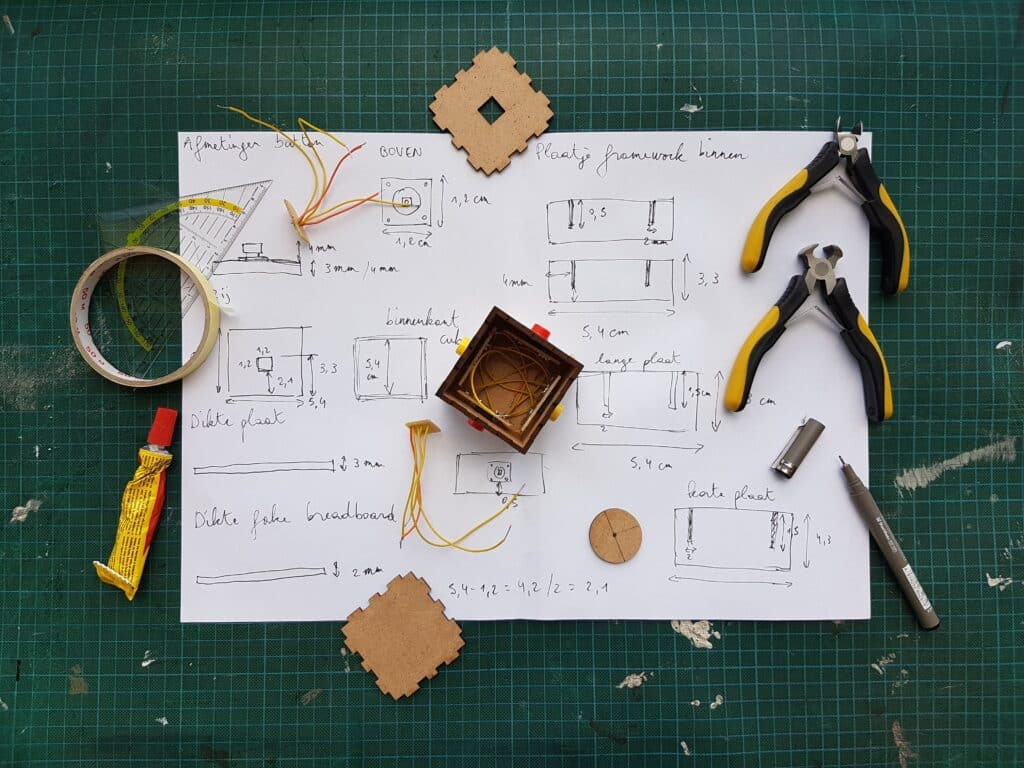When putting together products or furniture, the process can often be time-consuming and frustrating in today’s fast-paced world where every minute counts. That’s where assembly service programs and in-house assembly options come into play. Both choices have pros and cons, so it’s essential to consider the right fit for your needs. Let’s look at each option’s advantages and disadvantages to help you make the right decision.
Contents
Assembly Service Programs: Convenience Delivered to Your Doorstep
Assembly service programs provide a solution for those who value their time and prefer to avoid the hassle of assembling things themselves. With these programs, a team of professionals will come directly to your home with all the tools and expertise needed to complete the assembly process efficiently.
One significant benefit of assembly service programs is the convenience they offer. After spending hours deciphering instructions and dealing with less-than-ideal results, you can simply sit back, relax, and let the experts handle everything. Furthermore, assembly service providers often offer warranties or guarantees for their work, ensuring they deal with any issues promptly and giving you peace of mind.
Nevertheless, it’s essential to consider that assembly services usually come with a cost. While this may be a downside for some, the time and effort saved often outweigh the price, especially when dealing with large-scale assemblies.
Assembling it Yourself: The DIY Option
For those who prefer a hands-on approach or have a budget, assembling the products in-house can be an alternative. With in-house assembly, you take on the responsibility of putting the items yourself on your own or with the assistance of family members or friends.
One significant advantage of in-house assembly is the cost savings. You can significantly reduce the expense of assembling your products by eliminating the need to hire professionals. Additionally, some individuals find joy and satisfaction in engaging in this process as it allows them to showcase their skills and experience a sense of achievement.
However, there are challenges associated with in-house assembly. Depending on the complexity of the product, assembling it can be quite time-consuming and requires patience and attention to detail. Moreover, if not done correctly, the assembly can lead to issues and even pose safety risks. It’s crucial to read and follow the instructions to ensure that the result looks pleasing and is structurally sturdy.
Factors to Consider: Complexity, Time, and Skills
When deciding whether to opt for an assembly service program or do the assembly in-house, there are factors you should take into account. The level of complexity involved in assembling the product is one of the aspects to consider. Some products, like intricately designed furniture pieces or electronic devices with components, may require expertise for proper assembly and optimal functionality.
Another factor worth considering is time. If you have a busy schedule or would instead focus on other tasks, utilizing an assembly service program can save you valuable time and effort. Conversely, if you have time and enjoy putting together products, doing in-house assembly can be an option for both satisfaction and cost-effectiveness.
Lastly, but importantly, assessing your skills and comfort level when assembling products is essential. If you don’t have the skills or tools, consider using an assembly service program to avoid any potential errors or frustrations. However, if you have experience and enjoy a challenge, doing the assembly yourself can be fulfilling.
Conclusion
Whether you opt for an assembly service program or decide to do it yourself, it’s essential to consider your needs and preferences. Assembly service programs offer convenience and expertise, allowing you to save time and achieve an outcome. On the other hand, the in-house assembly provides cost savings and hands-on experience for those who enjoy do-it-yourself projects. Ultimately, the best choice depends on the complexity of the product, your availability, and your own skill set. By considering these factors, you can make a decision that will lead to successful assembly and satisfaction with your final product.

